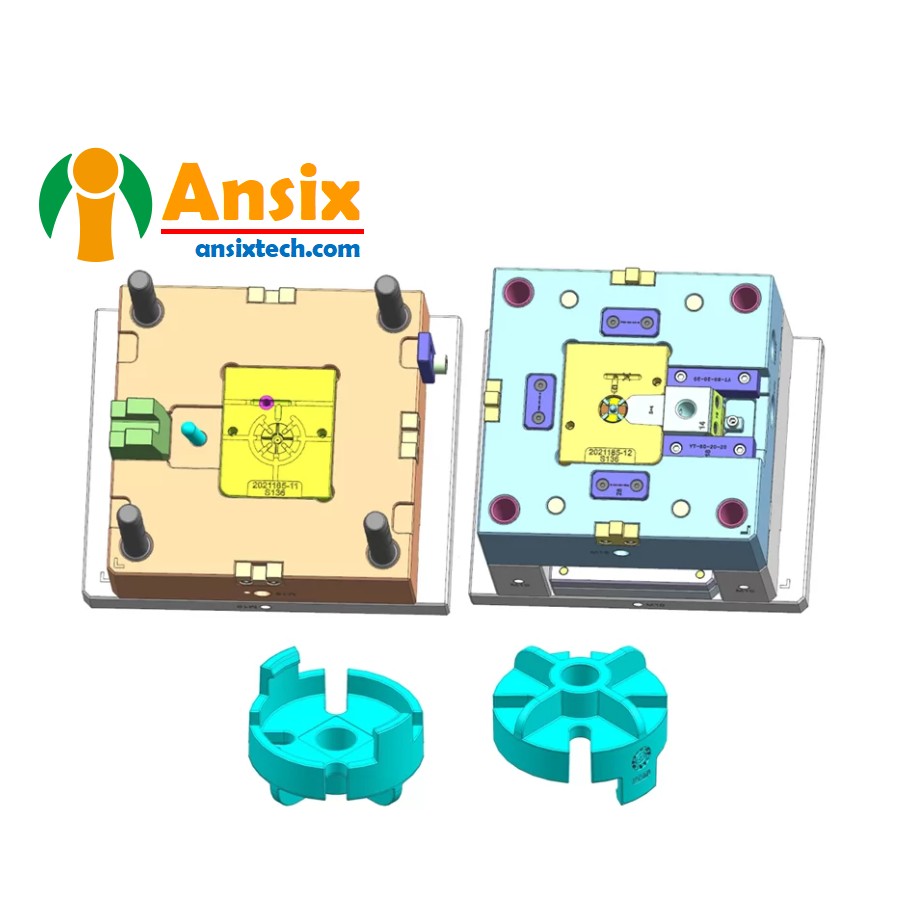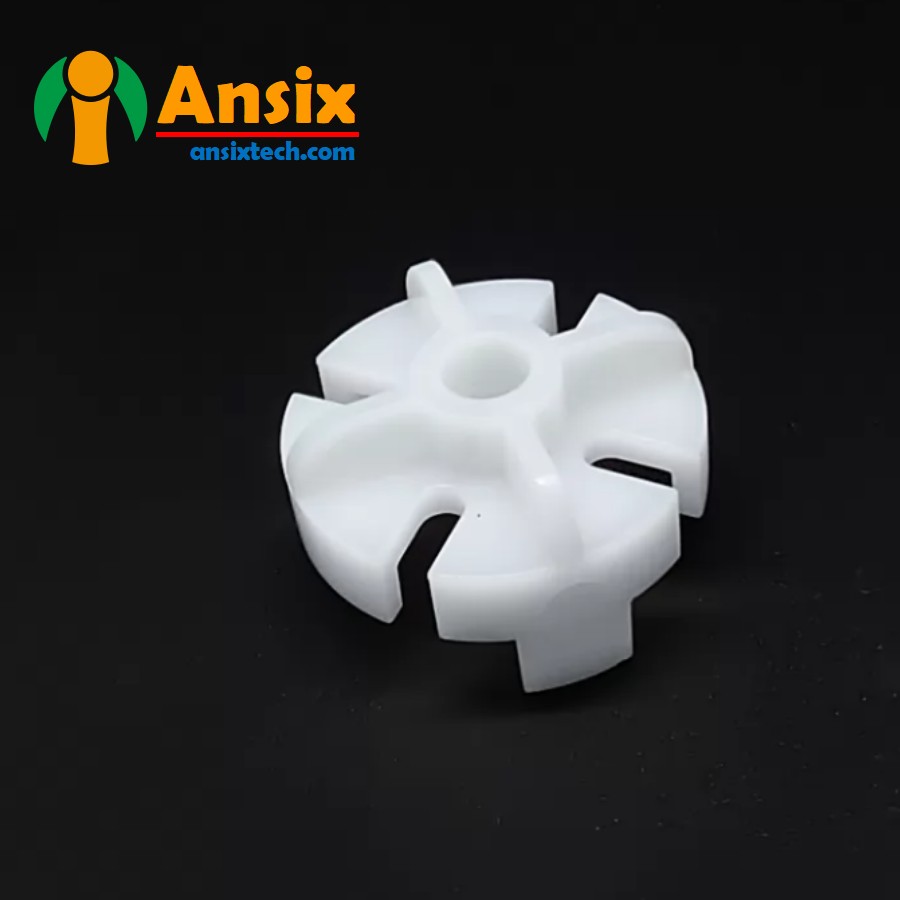Kitchen utensil plastic regulator parts adjustment cover mold
FEATURES
-
Mold Description
Product Materials:
POM
Mold Material:
S136
Number of Cavities:
1
Glue Feeding Method:
Cold runner
Cooling Method:
Water cooling
Molding Cycle
22.5s
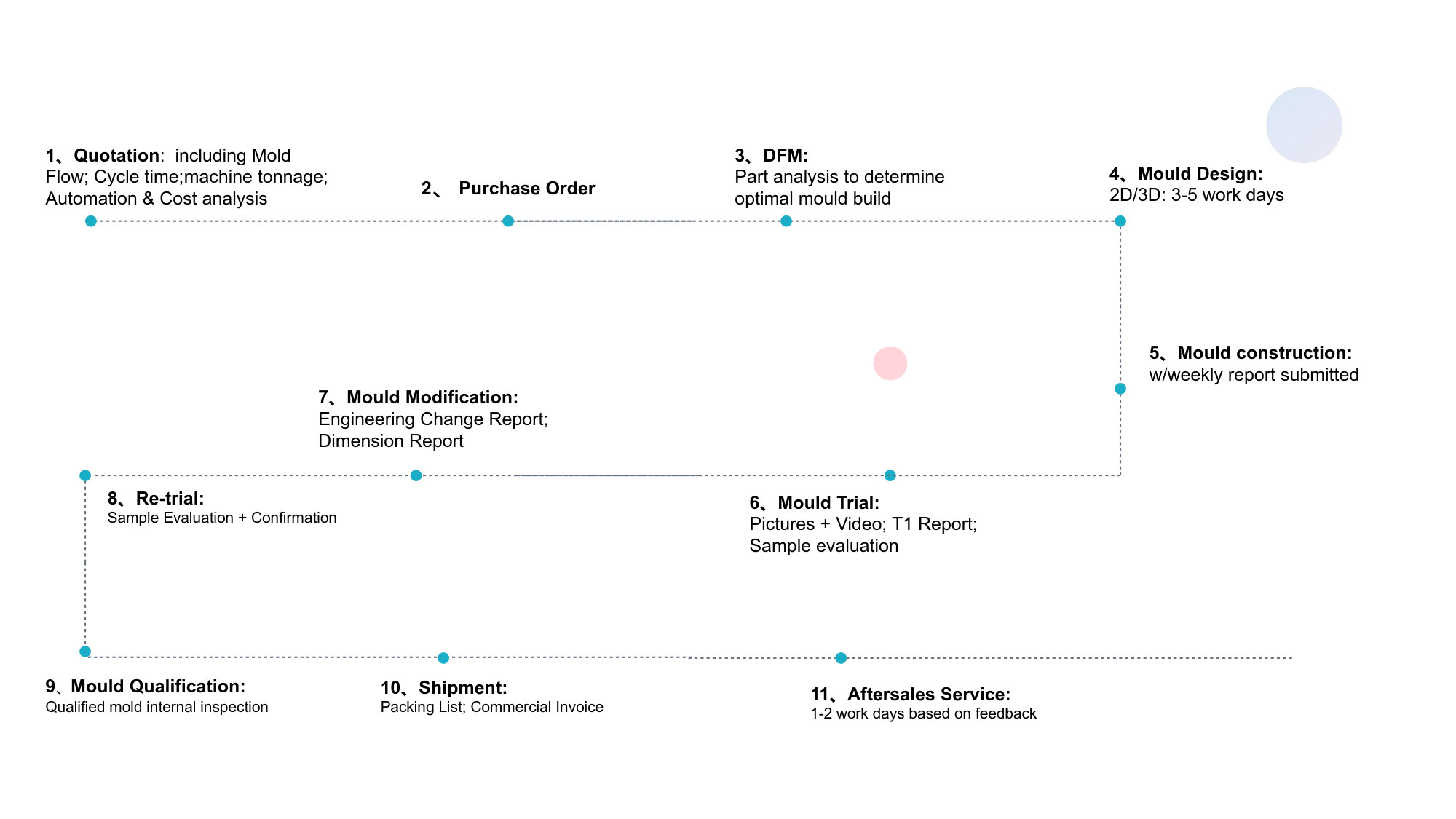
- Kitchen utensil plastic regulator parts adjustment cover mold Mold flow analysis and mold designThe design and mold flow analysis of the kitchen appliance regulator capping mold:Mold design:According to the design requirements of the regulator adjustment cover, determine the structure of the mold, including the mold cavity, mold core, demoulding system, cooling system, etc.Ensure that the accuracy and size of the mold meet the requirements to ensure the quality and stability of injection molding.Consider the durability and ease of maintenance of the mold, and rationally design the structure and parts of the mold to improve the life and ease of maintenance of the mold.Mold flow analysis:Use mold flow analysis software to import the CAD model of the regulator adjustment cap and set the injection molding process parameters, such as injection speed, temperature, pressure, etc.Conduct mold flow analysis to simulate melt flow, filling, cooling and other processes during the injection molding process to evaluate filling performance, bubbles, short shots and other defects, and optimize injection molding process parameters.During the mold design and mold flow analysis process, you need to pay attention to the following points:Ensure filling performance: Through mold flow analysis, the injection molding process parameters are optimized to ensure good filling performance and avoid defects.Design of cooling system: Reasonably design the cooling system to ensure good cooling effect during the injection molding process and improve production efficiency and product quality.Design of demoulding system: According to the shape and requirements of the regulator adjustment cover, design a suitable demoulding system to ensure that the adjustment cover can be demoulded smoothly and avoid damage and deformation.Injection molding sequence and injection point location: Determine the injection sequence and injection point location to ensure that the plastic material can fully fill the mold cavity and avoid voids and defects.Through reasonable mold design and mold flow analysis, high-quality kitchen appliance regulator adjustment cover molds can be obtained. Please note that mold design and mold flow analysis require professional knowledge and experience. It is recommended to cooperate with a professional mold design and mold flow analysis team to ensure the accuracy and reliability of design and analysis.
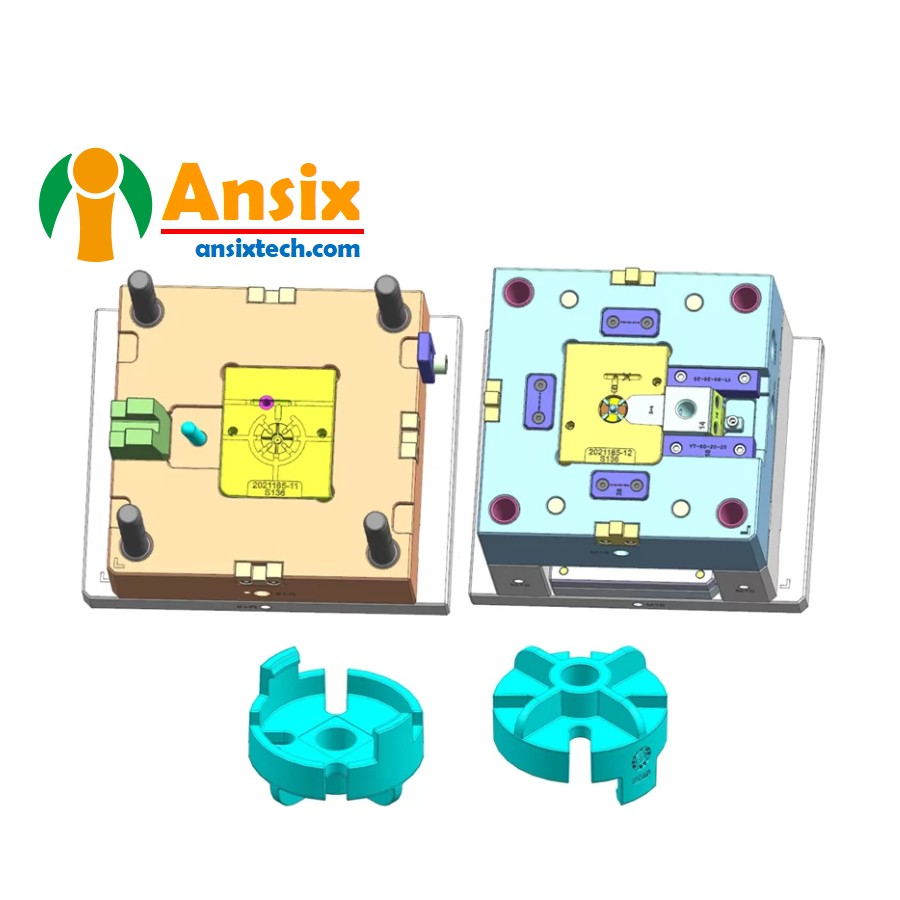
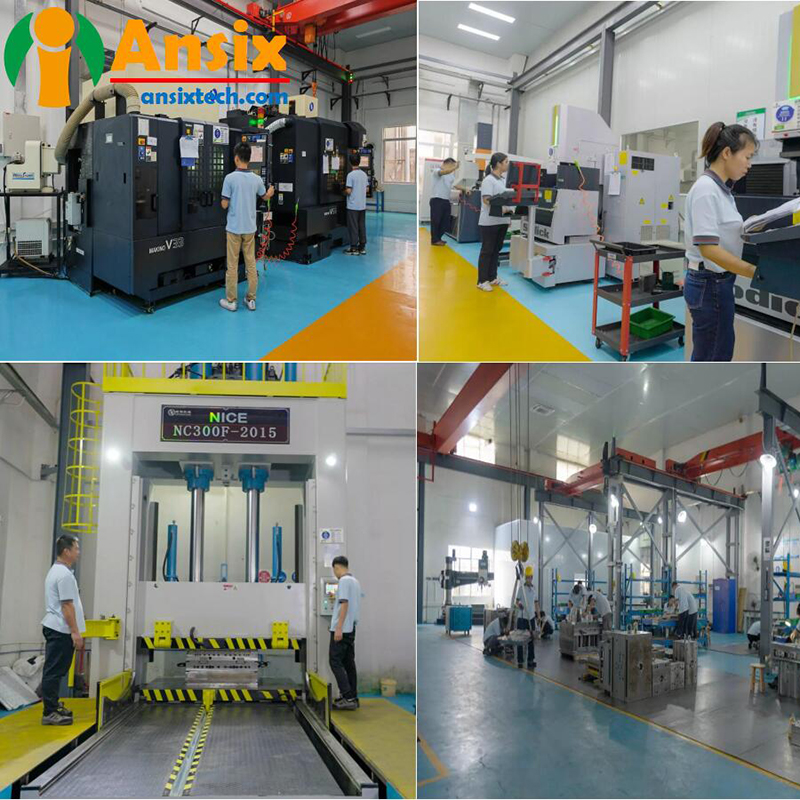
- Kitchen utensil plastic regulator parts adjustment cover mold of the mold manufacturing process and product material selectionThe manufacturing and processing of kitchen appliance regulator adjustment cover molds and the selection and application of injection molding materials:Mold manufacturing and processing:According to the mold design, select appropriate processing technology and equipment, such as CNC machining center, EDM machine, etc.Processing of mold parts, including mold cavity, mold core, demoulding system, cooling system, etc. Ensure that the processing accuracy and size meet the requirements.Assemble mold parts to ensure accurate fit and adjustment of parts and ensure the stability and reliability of the mold.Injection molding material selection:Select the appropriate injection molding material according to the requirements of the kitchen appliance regulator adjustment cover. Commonly used materials include ABS (acrylonitrile-butadiene-styrene copolymer).ABS material has good strength, rigidity and impact resistance. It is suitable for the manufacture of kitchen appliance regulator adjustment covers and can meet the strength and durability requirements of the product.ABS material also has good chemical resistance and heat resistance, and can adapt to the chemicals and high temperatures in the kitchen environment.During the mold manufacturing process and injection molding material selection and application process, you need to pay attention to the following points:Processing accuracy and size control: Ensure that the processing accuracy and size of mold parts meet the requirements to ensure the quality and stability of injection molding.Surface treatment of the mold: According to the requirements of the regulator adjustment cover, perform appropriate surface treatment, such as grinding, polishing, etc., to improve the surface quality and smoothness of the adjustment cover.Control of injection molding process parameters: According to the characteristics of the ABS material, the injection molding process parameters are reasonably designed and controlled to ensure that the filling performance and curing effect of the material meet the requirements.Material selection and certification: Select injection molding materials that meet relevant standards and certification requirements to ensure product safety and hygiene.In short, the manufacturing and processing of kitchen appliance regulator adjustment cover molds and the selection and application of injection molding materials require the selection of appropriate processing techniques and equipment, and the selection of ABS materials with good strength, rigidity and impact resistance. Through reasonable processing and control of injection molding process parameters, high-quality adjustable knot caps can be achieved. Please note that mold manufacturing processing and injection molding material selection require professional knowledge and experience. It is recommended to cooperate with professional mold manufacturing and injection molding material suppliers to ensure the accuracy and reliability of manufacturing and selection.
- Kitchen utensil plastic regulator parts adjustment cover mold Mass production and Quality controlTo achieve batch injection molding production and secondary processing (such as silk screen printing, oil injection, and welding) of kitchen appliance regulator adjustment covers:Injection molding production:Prepare the injection molding machine, mold and suitable injection molding material, such as ABS.Carry out injection molding production according to mold design, and ensure filling performance and product quality by optimizing injection molding process parameters.Use automated production equipment, such as automated injection molding machines and robotic systems, to achieve efficient production and improve production efficiency and consistency.Conduct quality control and inspection to ensure that products meet quality standards, including appearance quality, dimensional accuracy and physical performance, etc.Secondary processing:Perform silk printing: According to the design requirements, perform silk printing on the adjustment cover, such as logos, patterns, etc. Use screen printing equipment and appropriate inks to ensure screen printing quality and durability.Spray oil: According to the design requirements, spray oil on the adjustment cap, such as color, texture, etc. Use spray equipment and suitable spray materials to ensure spray results and durability.Carry out welding: If necessary, weld the adjustment cover, such as welding to connect other parts. Use appropriate welding equipment and processes to ensure welding quality and strength.During batch injection molding production and secondary processing, you need to pay attention to the following points:Production efficiency control: Optimize production efficiency, reduce production cycle and increase production capacity through reasonable production planning and production processes.Process quality control: Establish a complete quality control system, including quality inspection, process control and defective product processing, to ensure that products meet quality standards.Cost control: Optimize production processes and material use to reduce production costs. At the same time, cost analysis and optimization are conducted to find opportunities for cost reduction.Through reasonable injection molding production and secondary processing (silk screen printing, fuel injection, welding) measures, the mass production of kitchen appliance regulator adjustment covers can be achieved, and the production efficiency, process quality control and cost control effects can be improved. This increases production efficiency, reduces costs, and ensures product quality and consistency.



